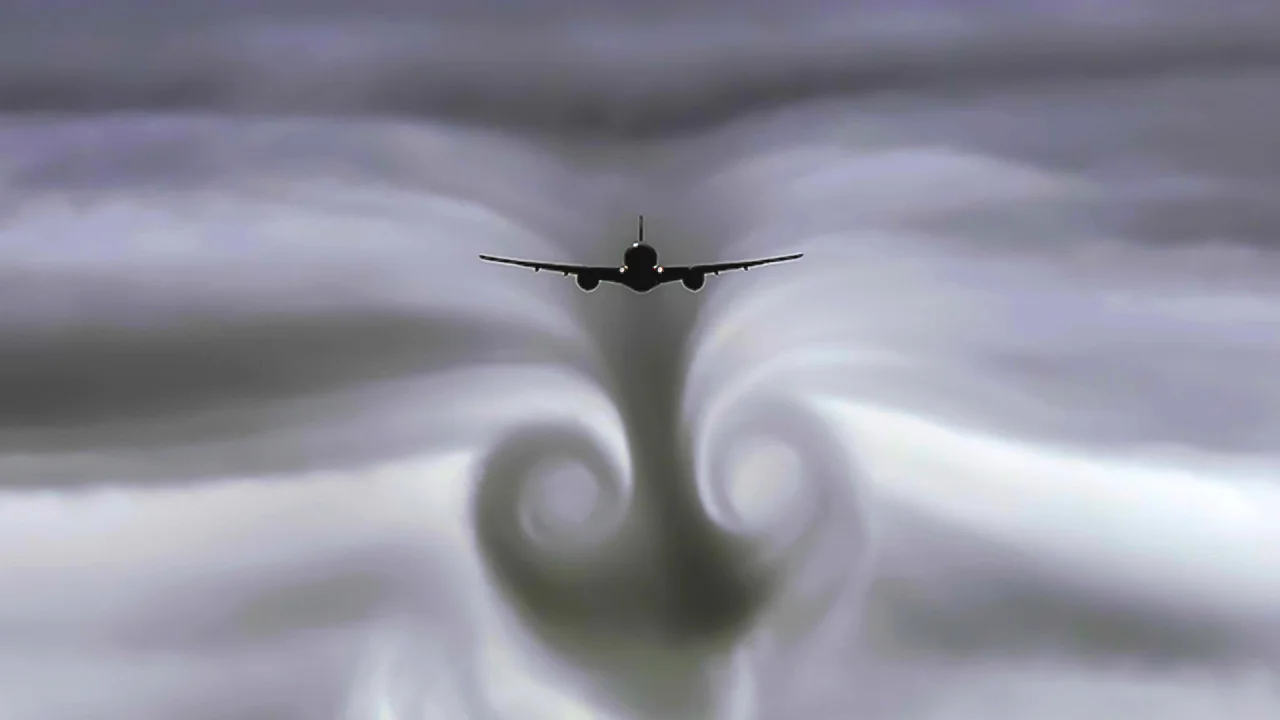Understanding Clear Air Turbulence. The Invisible Threat in the Skies.
Clear Air Turbulence is a phenomenon that strikes fear in pilots and passengers alike because of its unpredictability. It's an invisible force, lurking in seemingly calm skies, and has the potential to shake even the most experienced flyers.
With climate change potentially increasing its frequency and severity, the question arises. Could CAT make flying more dangerous or even impossible in the future? And what aren't airlines telling us about this hidden hazard?

Ordinary turbulence is usually linked to visible weather conditions, like storms or mountains, allowing pilots to avoid it by changing altitude or course.
Clear Air Turbulence, however, occurs in clear skies at high altitudes, often within jet streams, and is caused by air masses moving at different speeds or directions. The key difference is that CAT happens without warning, making it far more unpredictable and dangerous.
There's concern that Clear Air Turbulence could become more frequent and severe as climate change progresses.
While this might lead to bumpier flights, it's unlikely to make flying impossible. The aviation industry continuously adapts, improving technology and safety measures to handle such challenges.
Airlines may not fully disclose the risks associated with Clear Air Turbulence to avoid alarming passengers. While planes are built to handle turbulence, the increasing frequency of CAT could challenge even experienced pilots.
Passengers might not be aware of how much Clear Air Turbulence is factored into flight operations, as airlines balance transparency with maintaining confidence in air travel.
There have been several notable incidents involving Clear Air Turbulence, illustrating the risks this phenomenon poses. One such incident occurred with Singapore Airlines Flight 321, where the plane encountered severe Clear Air Turbulence, leading to multiple injuries among passengers and crew. As a result, one passenger, a 73-year-old British man traveling with his wife, lost his life. His wife, along with 104 other passengers, was injured, with 20 of them requiring intensive care. The flight was cruising at high altitude when it suddenly dropped, causing a terrifying experience for those on board. Fortunately, the plane was able to continue safely to its destination, but the incident highlighted the unpredictability and danger of turbulence.
Another tragic example is the Brazil plane crash in São Paulo on August 9, 2024, that killed 61 people. Although local media cited analysts pointing to icing as a potential cause for the crash, the possibility of Clear Air Turbulence cannot be ruled out. The crash serves as a reminder that multiple factors can contribute to in-flight incidents.
Clear Air Turbulence is an invisible but very real threat in the skies. While it differs from ordinary turbulence by its sudden onset and lack of visible warning signs, it's not an insurmountable challenge. The aviation industry is constantly evolving to address such risks, but passengers should be aware of this phenomenon, particularly as our climate changes. While it's unlikely that Clear Air Turbulence will make flying impossible, it is a factor that both the industry and travelers must take seriously.